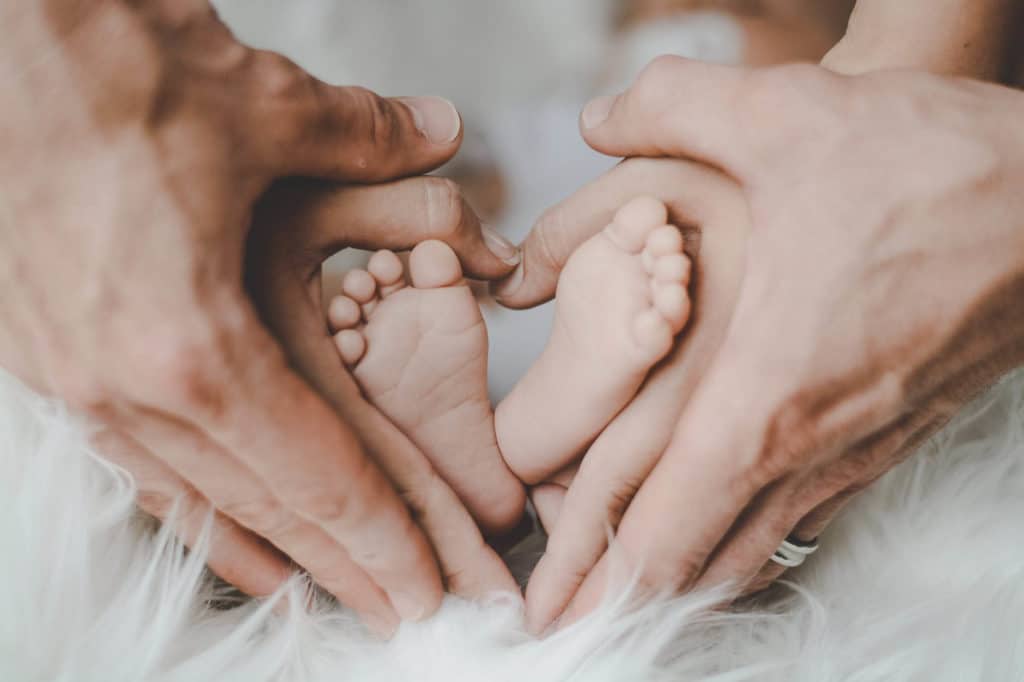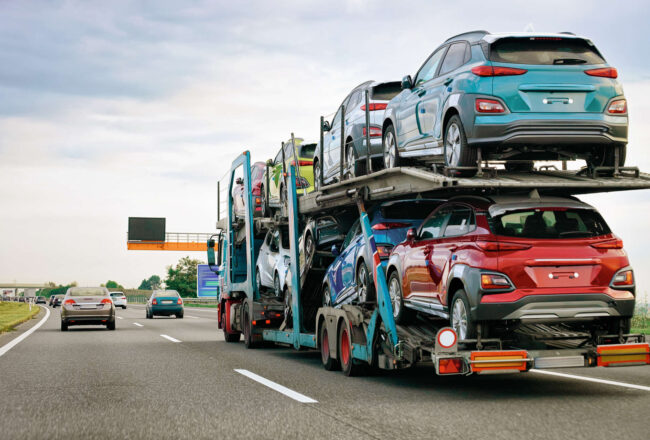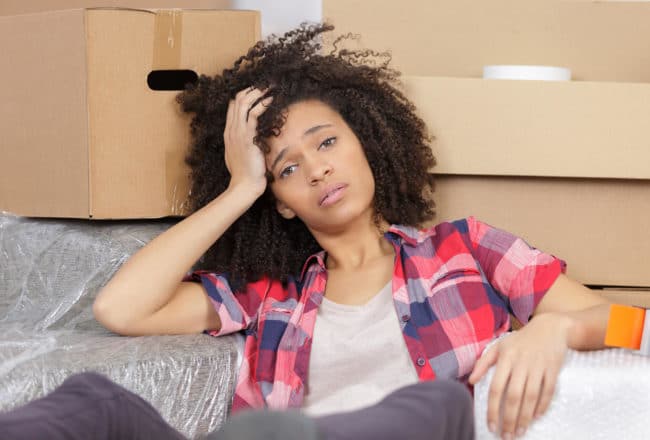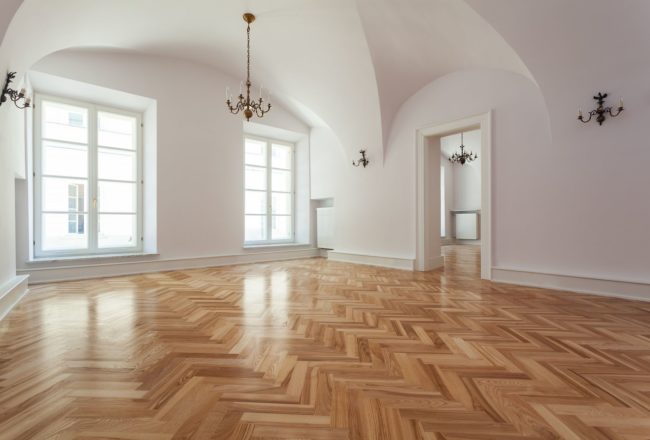Moving state to state is a stressful occasion for anybody, let alone new parents. You’re still adjusting to all the changes in your life, and a move on top of that can be too exhausting. Yet, you still have to figure out how to baby-proof a house you’re about to start calling home. If you have no idea where to start, don’t worry. We are here to help and explain how to ensure your child’s safety.
Baby-proofing your home is one of the most important things you will have to do after you move. Children, and toddlers, in particular, are very curious beings – they love to explore every corner of every room, not knowing how dangerous that can be for them. If you don’t want to have a panic attack every time you lose sight of a little one in your home, we suggest you figure out how to baby-proof your house as soon as possible.
Learn How to Baby-Proof a House and Ensure That Your Kid Is 100% Safe in Their Home – We Have All the Tips You Need
How can I make my house safe for my baby? This is a question that haunts the mind of every new parent, even if they haven’t had an interstate move shortly before the due date. If you’re one of those who had to move to another state shortly before the kid came along, we believe that hasn’t been a stress-free move. You’re likely facing an adjustment period – and we’re not talking about meeting new neighbors or battling the horror known as adjustment insomnia.
Baby Changes Everything, Including Relocations
New parents realize how scary the world really is the second they see their newborn. So, what to do about that? You can’t live in a constant state of worry, which means you must do something to secure your little one’s safety – welcome child-proofing to the scene. Before explaining how to do this once you unpack after the move, let’s first answer two crucial questions. First, how much does it cost to baby-proof a house?
Well, we hope you haven’t moved on a budget. Approximately, it is usually more than $500. Some parents spend up to $2,000. And the second question we must ask ourselves is this – when to baby-proof your place? If you’re moving with a newborn, the answer is – immediately after you step foot into the residence. If you still have a few months before the big day, we suggest you handle this essential task about three months before the child’s arrival.
How Do You Baby-Proof a Room?
You don’t have to be a parenting expert to do this. It’s pretty much a straightforward process, and if you inform yourself well, it will go smoothly. Just like you had to learn the moving hacks so you can organize an efficient move, you now have to learn kid-proofing tips and tricks to secure the child’s safety. It’s a time-consuming process, but it must be done. So, let’s get started.
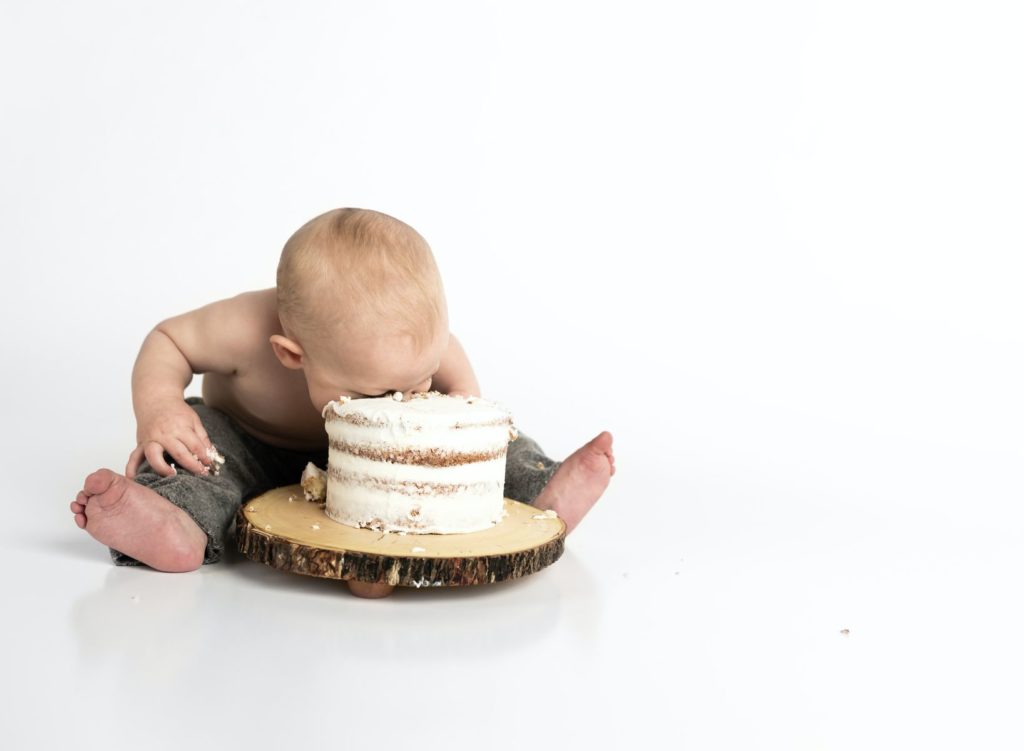
Baby-Proofing Essentials Every Parent Must Know About
Taking care of your child’s health and well-being isn’t an easy job, and it can be incredibly demanding after moving to a new state. You are exhausted, but you still have to stay on top of things. Are you wondering how to start kid-proofing?
The Basics of Baby-Proofing
These basics can even be considered post-moving essentials – it’s best to handle them as soon as you move in. Of course, if you have moved while pregnant, make sure you give yourself time to rest, and only then get to work. We have the list of the basics for you written below:
- Smoke and carbon monoxide detectors are a must-have. Be sure to install them, or if you already have them, check if the batteries are still good to go.
- Old homes (built before 1978) contain lead-based paint. You will need to fix that because lead is poisonous for children and can jeopardize their health.
- Cover all electrical outlets in your residence. There are many types of covers made for this purpose, but we suggest buying self-closing socket plugs.
- If you have any weapon you intend to keep in your place, you must keep it locked away and unloaded. It’s best to put it somewhere 100% out of the kid’s reach.
- If there is anything broken, fix it before the little one can hurt themself.
- You will need to install a gate at the top and the bottom of the stairs.
- If you have an area that’s not safe for children, you can put door knob covers, so they can’t open the door.
- If you have a yard (especially one with a swimming pool), make sure you always lock all the doors that lead to the outside.
- Check if any of the plants you own are poisonous – if they are, get rid of them.
- Never leave around small objects that a kid can swallow.
- Getting a fire extinguisher is also wise – you never know when you’ll have to use it.
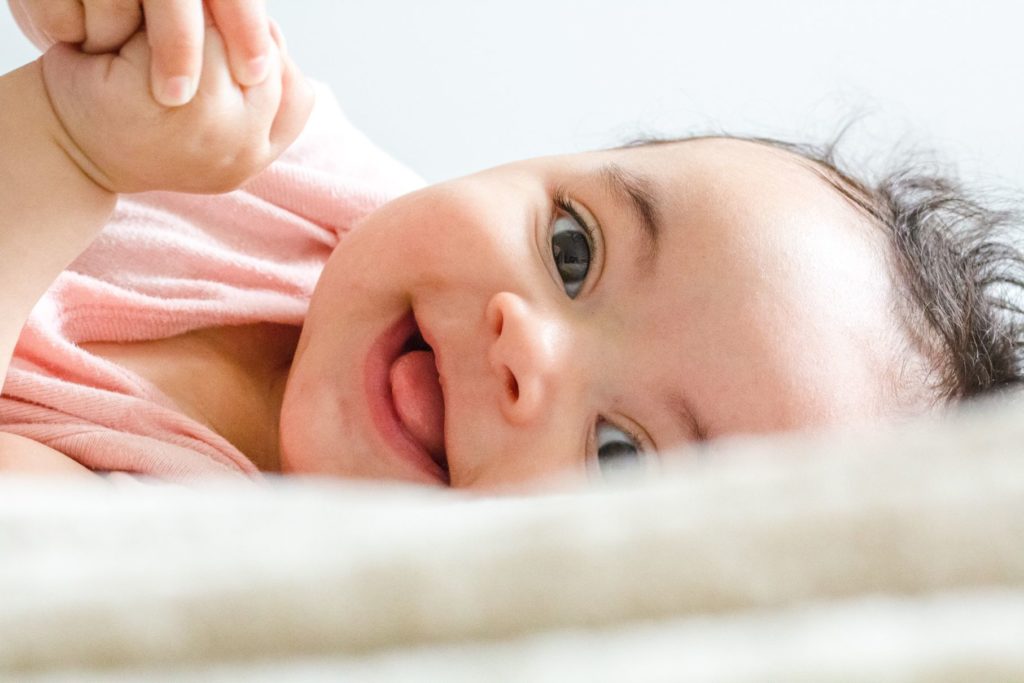
The Nursery Should Be One of Your Priorities
Your newborn will spend most of its time in the nursery, and its crib will be one of the most important places in its new life. This significant piece of furniture will feel like a secure spot, but it won’t necessarily be like that if you don’t kid-proof their living space.
The Nursery Checklist
Unfortunately, you can’t spend every minute of the day sitting next to the crib and checking if the little one is breathing. That wouldn’t be particularly healthy for you – you would drive yourself insane. Of course, you will first think of buying a monitor, and you’re absolutely right. This is a huge help for all parents, but it’s not enough. Our advice would be to go through this list and check tasks one by one until the nursery is 100% secure.
- When assembling the crib, make sure all the screws are tight and that the mattress is adequately placed.
- Secure the crib and other pieces of furniture (such as a changing table) to the floor, so they can’t fall over the little one.
- Place a thick rug in the nursery, so if the kid falls, there is something to break the fall. Also, use non-slip pads so the carpet doesn’t move – this is important for you as well.
- Glass on your windows isn’t bullet-proof, and it can be broken. We suggest you use a window guard for the best safety.
- Skip the blinds with cords. Cords are a strangulation hazard.
- Painting the walls in the nursery should be done at least two months before the newborn moves in. You wouldn’t want your little one to inhale fumes, right?
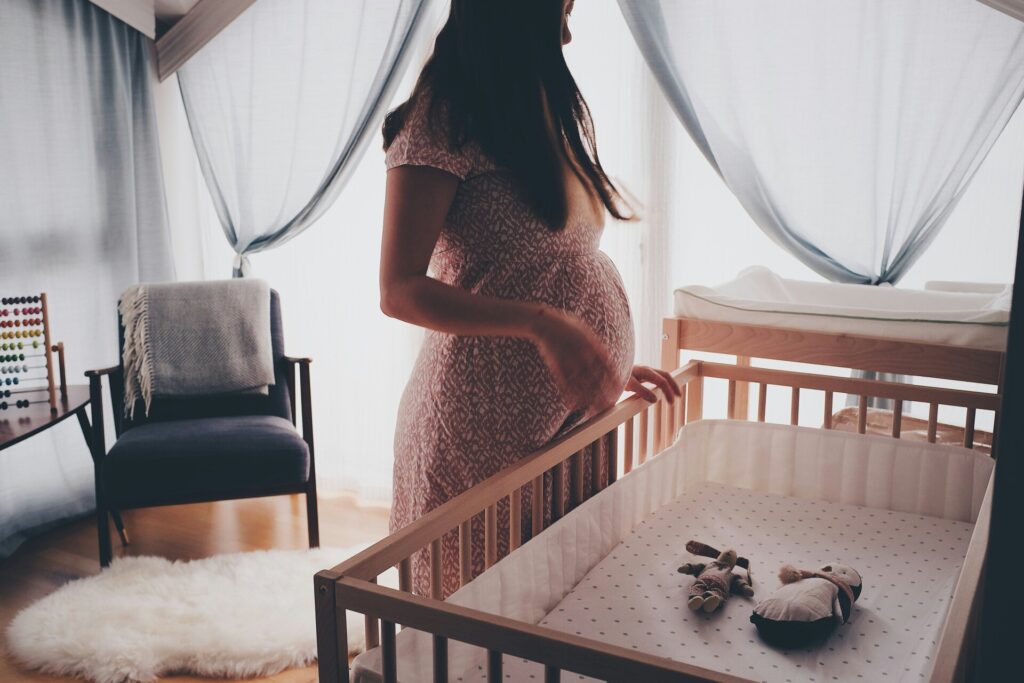
The Kitchen Can Be a Huge Source of Danger – You Have a Lot to Do Here
When you have a small kid, the first thought when someone says “a kid left alone in the kitchen” will likely be knives. It’s logical to think like that, although kids are creative – they’ll find a way to hurt themselves even with pots and pans. So, this means the kitchen is your nightmare – until you properly kid-proof it, of course.
The Kitchen Checklist
Those (probably still) packed dishes you have so carefully wrapped in your previous state can be gone in the moment if you don’t secure your kitchen cabinets, but that’s not your biggest problem. What if your kid hurts themselves with those fragile items that can quickly turn into sharp pieces of glass? Anxiety about moving out is nothing compared to this fear. Don’t worry – that won’t happen if you follow our tips and do the tasks on our kitchen checklist – here they are:
- Cabinet and drawer locks are the obvious first step – they are more than crucial.
- Place stove-knob covers, so your little one doesn’t accidentally turn on the stove once they can reach it.
- Install appliance locks – you wouldn’t want the kid to open the oven or dishwasher.
- Don’t keep your cleaning supplies under the sink – you need to place them somewhere high off the ground, so the tiny humans can’t reach them.
- Tables with glass tops are fancy but not a good item to have when you have a toddler. Replace them if you can.
- Try not to put tablecloths on your kitchen table because little ones can pull them (along with everything on them).
- Remember that the blinds on the window shouldn’t have cords (strangulation hazard).
Although this is a lot of work, remember that you must be thorough. But hey – can it be more demanding than packing glasses, for example? We don’t think so. The most important thing is that you are well-informed on every aspect of this task, so why not check out the video below to ensure you have gotten everything right?
Safety in the Living Room – Here’s How to Accomplish This Task
Compared to organizing your move, kid-proofing the common area should be a walk in the park. Plus, if you have handled the nursery and the kitchen, you are now a pro at this, so there won’t be anything surprising or challenging in this part of your residence.
The Living Room Checklist
Moving furniture is a headache for everyone – even if you have the best interstate moving services. However, unpacking those pieces is not where your troubles end – kid-proofing the living room is something most parents fear, but for no reason. You’ve got this – follow the list below, and your kid’s health will be perfect.
- Add corner protectors to any sharp edges, even if you think the kid can’t reach them yet.
- If your coffee table or shelves have very sharp edges, consider replacing them with something that has round edges.
- Place non-slip pads under rugs, as you did in the nursery.
- Let us remind you again – don’t use blinds with cords as they are a strangulation risk.
- Window guards are a must-have here as well.
- Secure the furniture to the ground (the same way as you did with a crib).
- Install a fireplace gate, so the little one can’t reach in and get hurt.
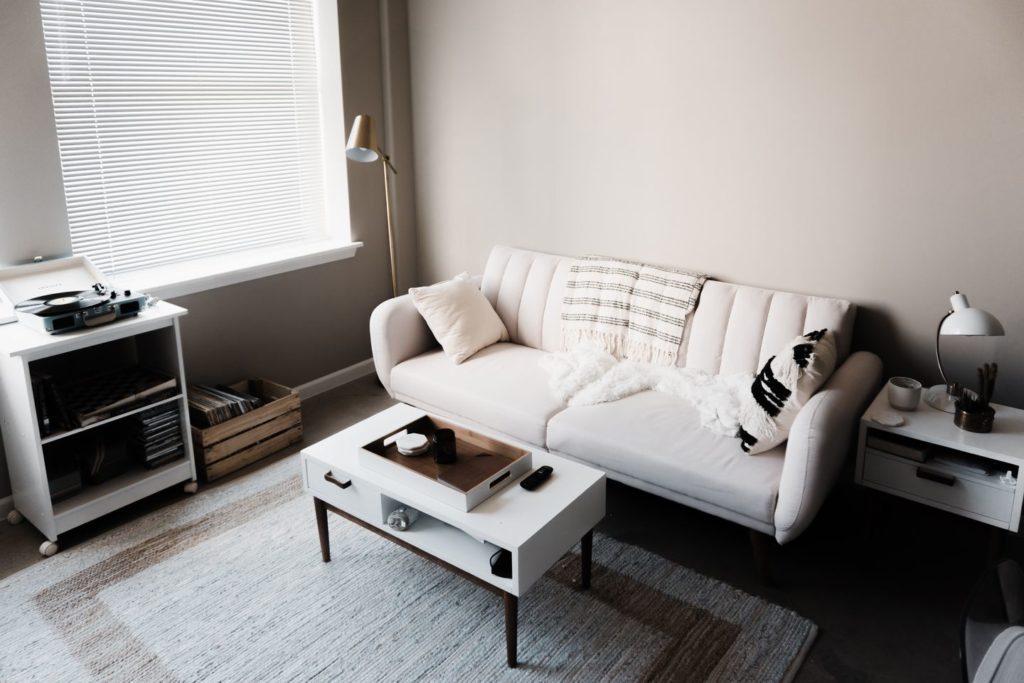
The Bathroom Won’t Be Secure for a Child Until You Kid-Proof It
Don’t get so caught up in enjoying the benefits of moving that you forget to kid-proof a bathroom. A slippery floor where a toddler can fall isn’t your only problem here. Of course, you will do your best to prevent this, but there’s more on your kid-proofing the bathroom checklist. Here’s what you have to pay attention to:
- The water heater should be set under 120 degrees Fahrenheit, considering that higher temperatures can easily burn a newborn or a toddler.
- Place a cabinet lock on your medicine cabinet – you never know what a kid can dig up from there. Medicines can be both toxic and a choking hazard for little ones.
- Install a toilet lock – kids can easily fall into the toilet and hurt themselves.
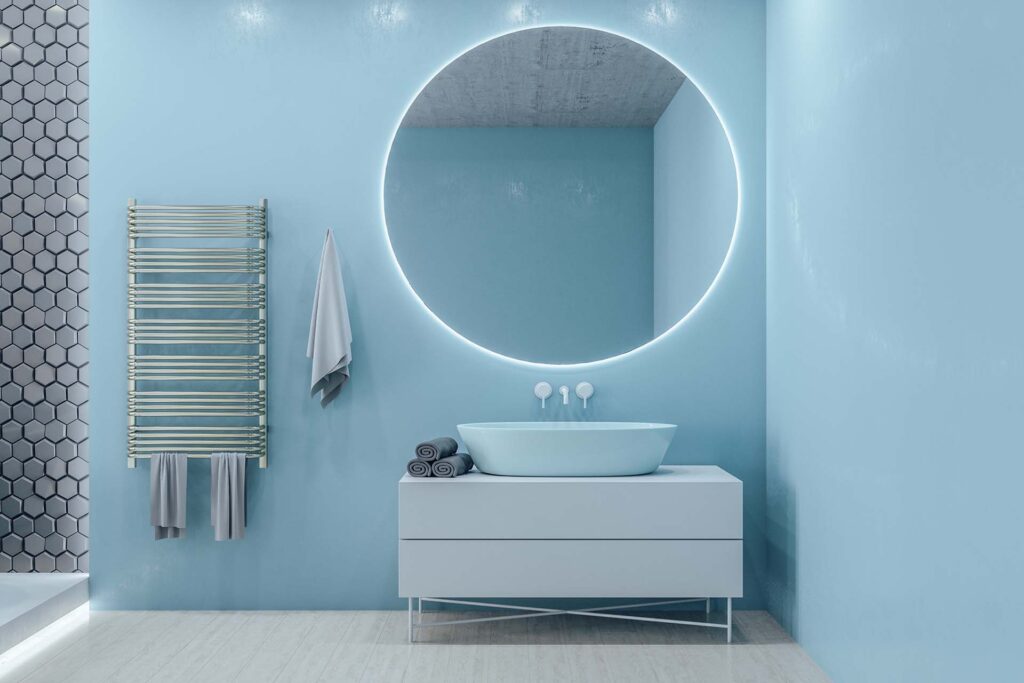
Don’t Let the Fear Control You – If You Do This Properly, Your Child Will Be Happy and Healthy
You had enough courage for interstate moving, so why let fear control you now? If you could handle finding and hiring state to state movers and survive the stress of packing (that can be demanding even with excellent packing services), you can surely do this. So, get to work, and turn your place into a secure one for your precious little one.

